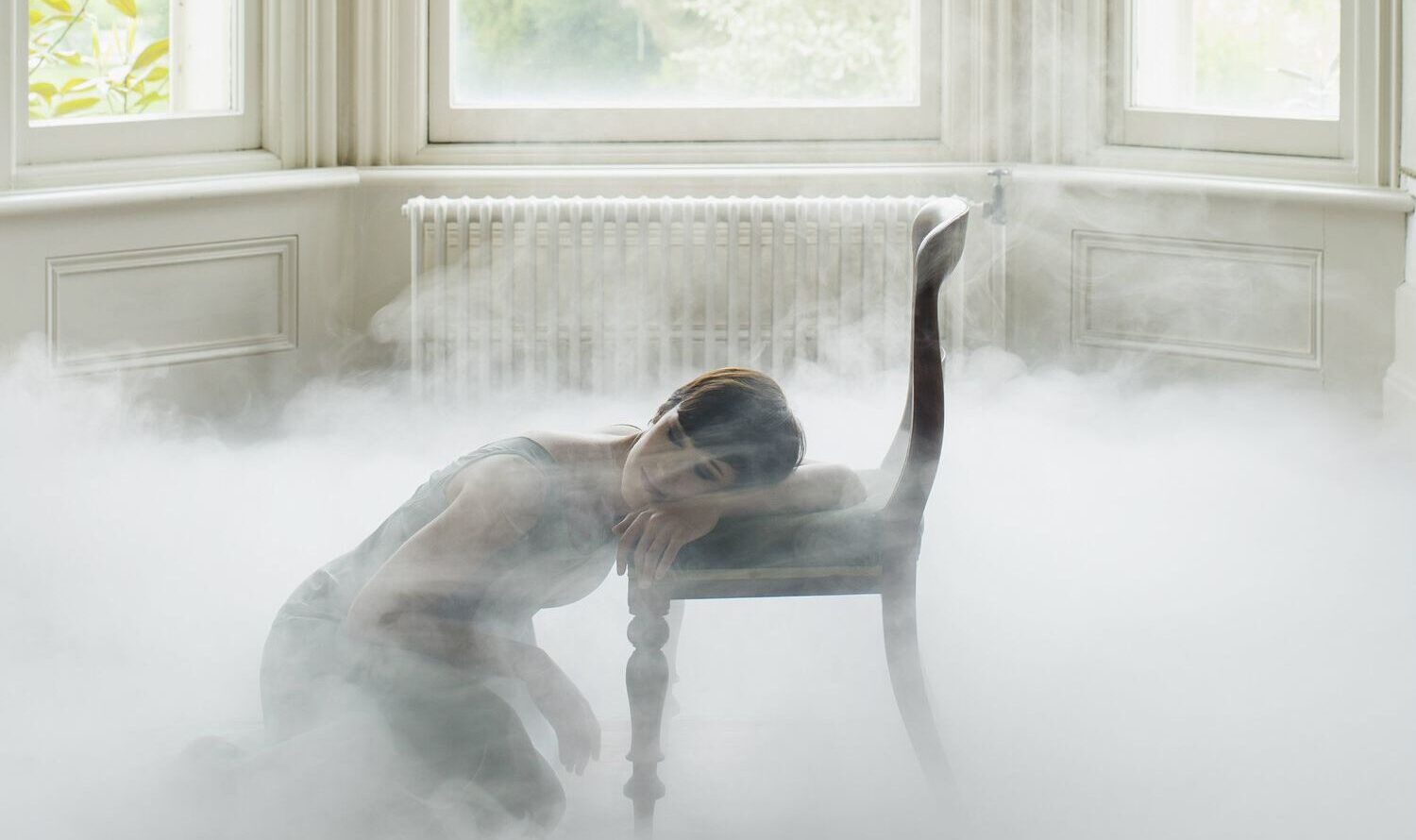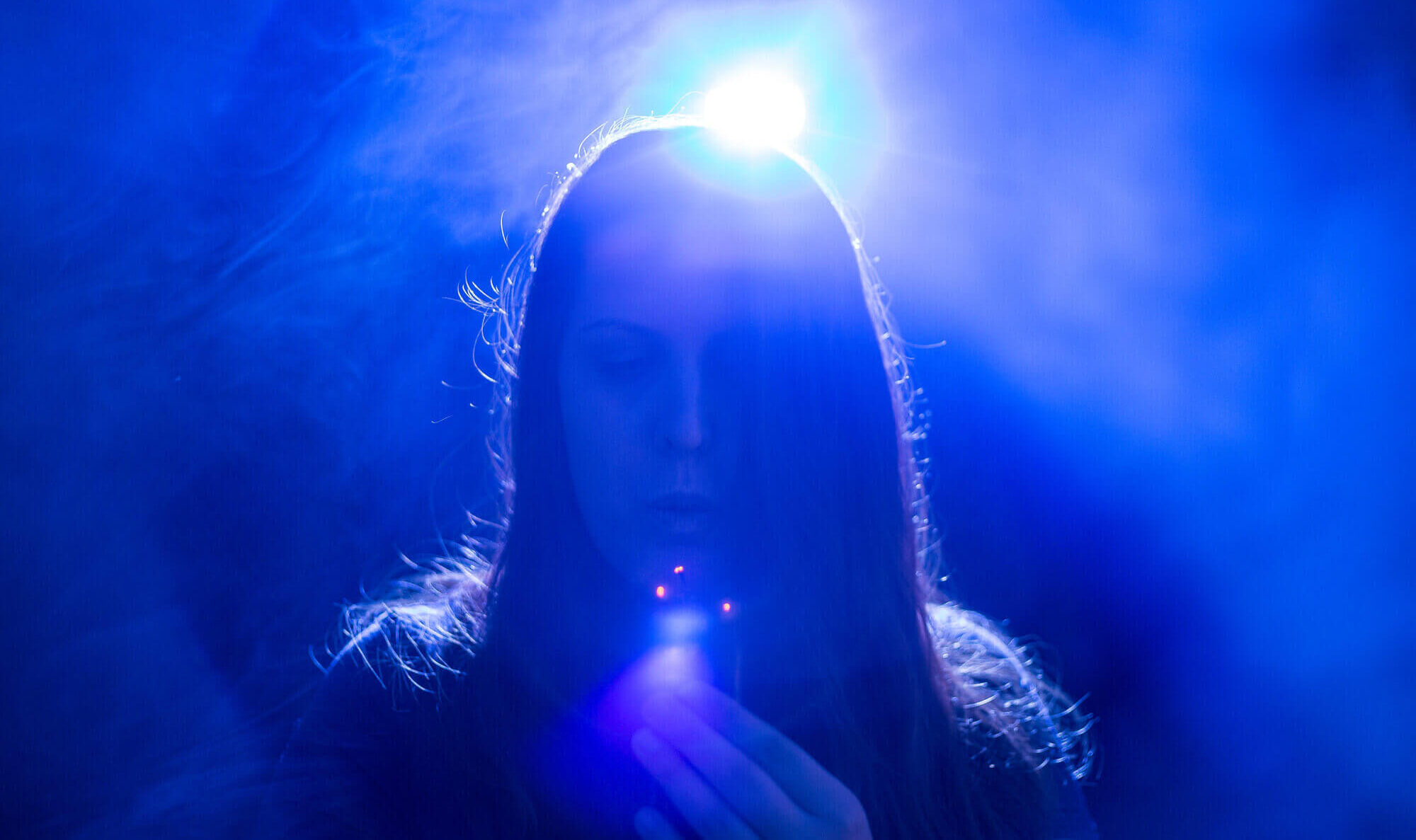Smoke and fog in photography can dramatically transform the mood, tone, and texture of an image.
These natural or artificial elements create a sense of mystery, emotion, and visual depth, making them powerful tools for photographers looking to tell stories beyond the surface.
Whether you’re capturing eerie forests at dawn or using a fog machine in a studio, working with smoke and fog introduces a cinematic layer that evokes mood and narrative.
However, using these elements effectively requires technical planning, environmental awareness, and a creative mindset.
In this guide, you’ll discover how to use smoke and fog in photography for artistic effect including how to work with lighting, control exposure, and choose the right setting.
From moody outdoor scenes to atmospheric portraits, these methods will help you take your images to a new visual level.
Smoke And Fog In Photography: Creating A Mysterious Mood
One of the most striking uses of smoke and fog in photography is their ability to generate a mysterious, ethereal atmosphere.
By partially obscuring the scene, fog and smoke allow photographers to create ambiguity inviting the viewer to imagine what’s hidden behind the haze.
In landscape photography, fog softens distant elements and enhances depth. Trees fade into the background, hills appear more layered, and light becomes diffused and magical.
In portrait or fashion photography, smoke can create a surreal background that feels dreamlike or cinematic.
Here’s how you can enhance mood with smoke or fog:
-
Use fog to simplify busy scenes. When the background is too cluttered, fog can hide distractions and make your subject stand out.
-
Direct smoke to flow across your subject. This adds movement and creates a sense of mystery or drama.
-
Create silhouettes. Strong backlight through fog can turn ordinary shapes into haunting silhouettes.
The mysterious tone created by smoke and fog in photography is ideal for storytelling, moody editorials, and fine art work.
Lighting Techniques For Depth And Atmosphere
Lighting plays a crucial role when working with smoke and fog in photography. Because smoke and fog particles scatter light, your setup can either flatten the scene or enhance its three-dimensional depth depending on how you illuminate it.
Backlighting:
The most effective way to work with fog or smoke is to place your light source behind your subject. This creates visible rays or beams of light through the haze, often referred to as “God rays.” The effect adds drama and volume to your scene.
Side lighting:
For portraits or controlled scenes, lighting from the side adds shadows and contrast. This helps sculpt your subject and define depth even within the fog.
Colored lighting:
Colored gels on your lights can tint the smoke or fog, giving your image a unique tone — from eerie blue to fiery red. This is especially effective in music photography, editorial fashion, and film scenes.
Avoid front lighting:
Lighting from the front tends to flatten the smoke and reduces the dimensionality. Always consider where the smoke is in relation to your camera and light.
Mastering light in hazy scenes ensures that smoke and fog in photography enhance the mood without overwhelming your subject.
Smoke And Fog In Photography: Composition Tips For Dramatic Shots
When you’re incorporating smoke and fog in photography, composition becomes even more critical. Since these elements can obscure parts of the frame, it’s important to guide the viewer’s eye with clear structure and intentional framing.
Use layers:
Fog naturally separates foreground, midground, and background. Positioning your subject in the foreground while the background fades into fog creates depth and mystery.
Frame the subject:
Use trees, windows, or architectural elements to frame your subject within the fog. This draws attention and adds structure.
Include movement:
If smoke is drifting, consider using it as a leading line to guide the viewer’s eye toward the focal point.
Negative space:
Foggy areas can serve as negative space, emphasizing isolation or quietness. This is perfect for minimalist compositions or emotional storytelling.
Highlight contrast:
Pair dark clothing or objects against a foggy background for high visual impact. The tonal contrast enhances subject clarity.
Well-planned composition ensures that smoke and fog in photography add narrative richness rather than causing visual confusion.
Controlling Exposure And Focus In Hazy Scenes
Shooting in smoke or fog brings technical challenges — especially in terms of exposure and focus. Light scattering can confuse your camera’s metering system and autofocus, so manual control becomes essential.
Exposure tips:
-
Use exposure compensation. Fog often tricks your camera into underexposing. Dial in +0.3 to +1 EV to maintain brightness.
-
Check the histogram. Avoid clipping shadows or highlights due to haze reflecting more light.
-
Shoot in RAW. This gives you flexibility to recover contrast, detail, and color in post-processing.
Focus tips:
-
Use manual focus. Autofocus can hunt in fog, especially in low-contrast areas. Switch to manual and focus on high-contrast edges if available.
-
Use live view with magnification. Especially in studio or tripod situations, zoom in to get precise focus on eyes or key details.
-
Set a wide aperture carefully. While f/2.8 can create beautiful bokeh in fog, it also reduces depth of field. Focus errors become more obvious.
Controlling these settings ensures your images stay sharp and well-exposed when working with smoke and fog in photography, even in the most unpredictable conditions.
Smoke And Fog In Photography: Choosing The Right Time And Place
For maximum impact, you must choose the right time and location when working with smoke and fog in photography. Natural fog forms under specific environmental conditions, while artificial smoke needs controlled settings to look authentic and safe.
Best times for natural fog:
-
Early morning: Pre-sunrise or golden hour is ideal. Fog forms overnight and disperses as the sun rises.
-
After rain: Moisture in the air, combined with cooler temperatures, often leads to fog in forests or valleys.
-
Autumn and winter: Seasonal transitions bring dramatic weather changes, enhancing fog chances.
Ideal locations:
-
Forests and mountains: Tall trees and elevation traps fog beautifully.
-
Lakes and rivers: Water sources contribute to localized mist and fog, especially in the morning.
-
Urban streets: Combine streetlights with fog for a cinematic city aesthetic.
For artificial smoke, consider:
-
Ventilation: Use fog machines in well-ventilated areas for safety.
-
Wind control: Even small wind can blow smoke away too quickly. Choose locations with minimal airflow.
-
Background texture: Use textured backdrops to catch light through the haze.
When timed right, smoke and fog in photography help transform an ordinary scene into something truly magical.
See you in the next post,
Anil UZUN

